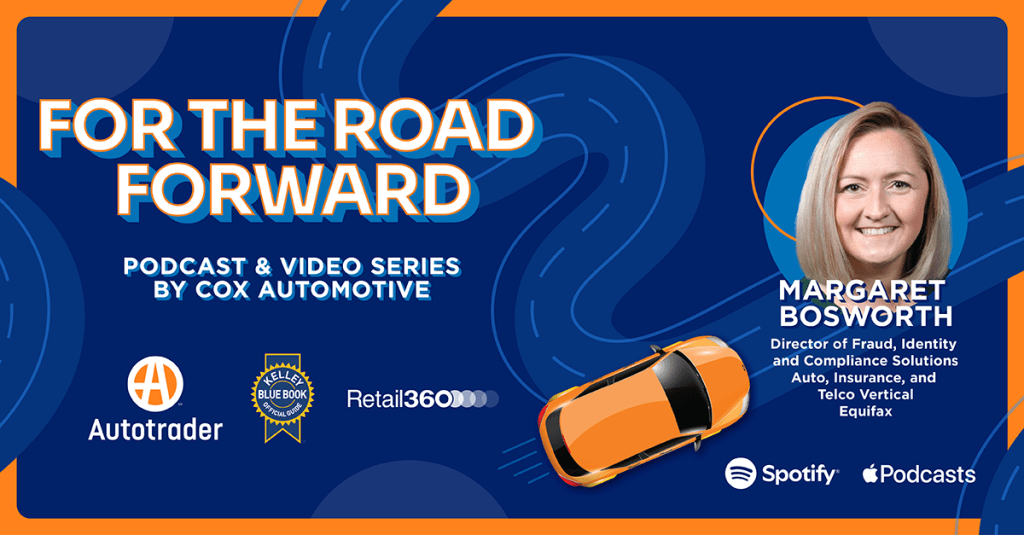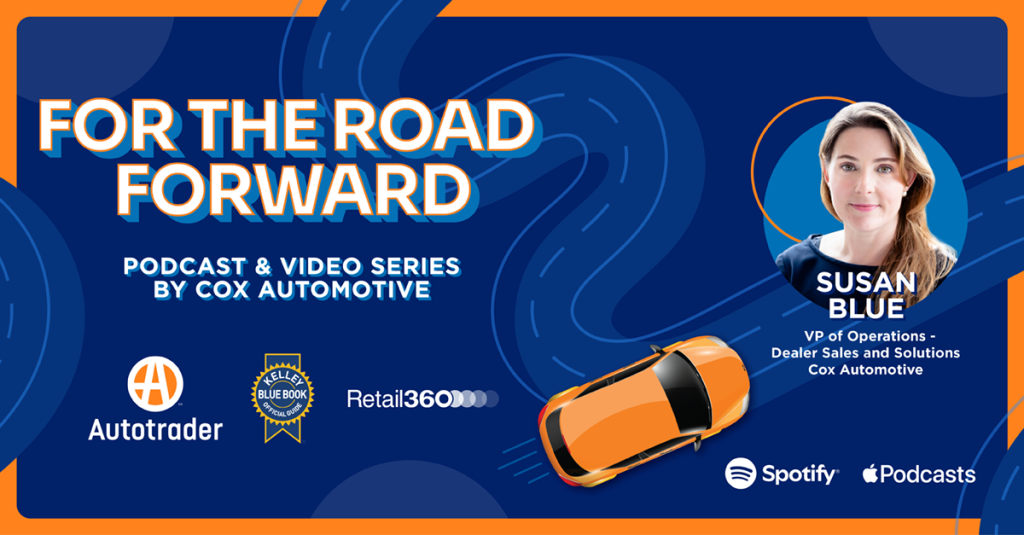Guest Expert:
Shaun “Niff” Kniffin
Retail Solutions Moderator | Consultant
NCM Associates, Inc.
Guest Industry Expert: Shaun “Niff” Kniffin joins Jade Terreberry for a fast-paced, insight-packed episode covering the hottest topics in automotive retail – from multi-touch attribution and AI adoption to new marketplace partnerships and data strategy. Drawing on decades of dealership experience and current consulting work, Niff shares what’s working, what’s broken, and what dealers must do now to stay competitive.
Resources Mentioned:
Cox Automotive + Perficient Whitepaper – Marketing Measurements that Matter (link to https://b2b.autotrader.com/perficientwhitepaper2025marketingmeasurement/
Top Takeaways:
Last-click attribution is dead—track the full journey
Dealers must move beyond CRM and lead-based metrics to multi-touch attribution that reflects real consumer behavior.
AI is changing how consumers shop—and how dealers must respond
From AI-powered follow-up to bots doing the shopping, dealers need to embrace AI tools and monitor how they’re being perceived online.
New partnerships expand reach and trust
Autotrader’s integration with Car and Driver and KBB’s partnership with Experian are helping dealers connect with consumers earlier and build credibility.
Zero-click traffic is rising—third-party platforms matter more
With 75% of searches ending in no clicks, dealers must focus on visibility and engagement across trusted platforms.
Data control is essential for lifecycle marketing
Dealers need to manage and activate their data—knowing whether a customer still owns a vehicle can dramatically improve marketing efficiency.
Timestamps:
0:00 – 2:07 – Introduction & Attribution Wake-Up Call
Jade and Niff discuss the Cox Automotive white paper and why dealers must shift to multi-touch attribution.
2:07 – 5:07 – What Dealers Gain from Full-Funnel Visibility
Niff explains how tracking the entire consumer journey leads to smarter spend and better ROI.
5:07 – 8:31 – AI Adoption and Consumer Behavior
Dealers are using AI for follow-up, while consumers are also using it to shop and research dealership reputations.
8:31 – 11:46 – Car and Driver Partnership Impact
Niff shares how Autotrader’s new integration with Car and Driver expands reach and lowers cost per view.
11:46 – 15:06 – KBB + Experian: Building Trust Through Data
The new vehicle history report partnership helps dealers provide transparent, credible information to buyers.
15:06 – 19:40 – Data Strategy and Zero-Click Traffic
Niff highlights the importance of controlling dealership data and adapting to changing search behavior.
19:40 – 21:48 – Final Advice and Closing Remarks
Jade and Niff wrap up with a call to action: embrace AI, rethink attribution, and get your data house in order.










